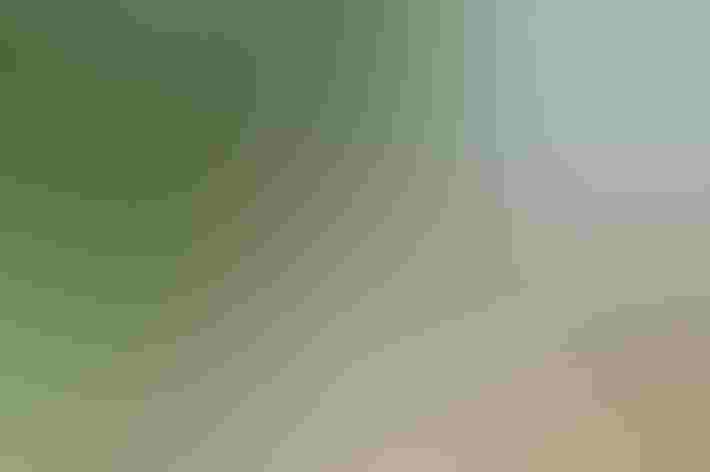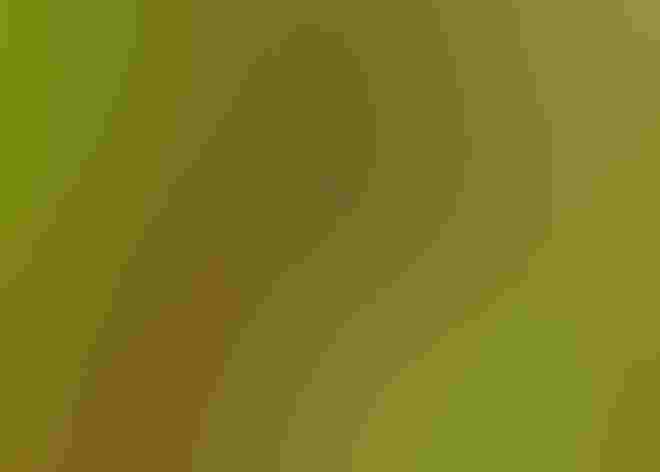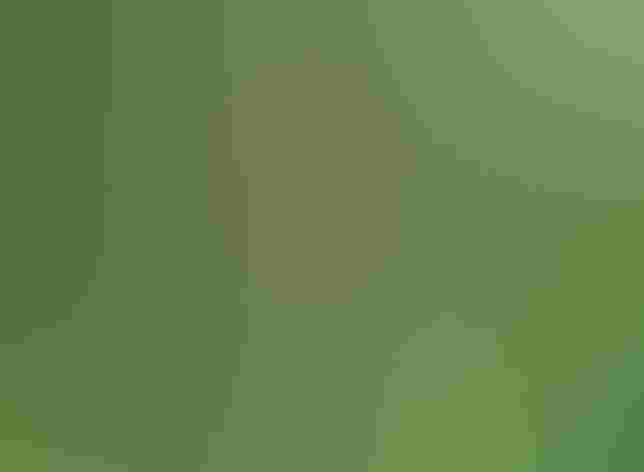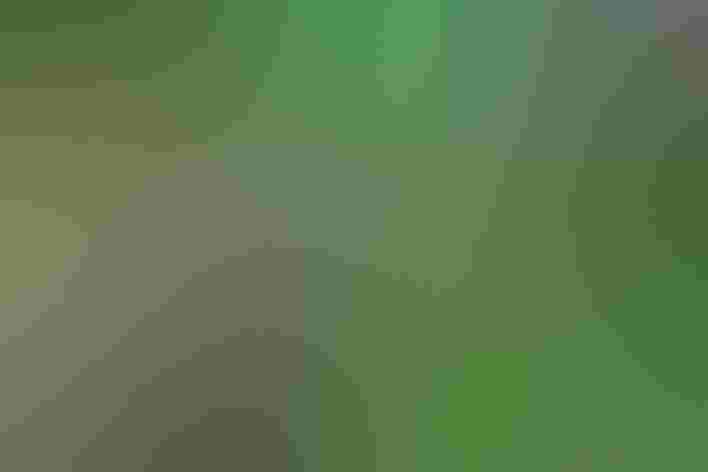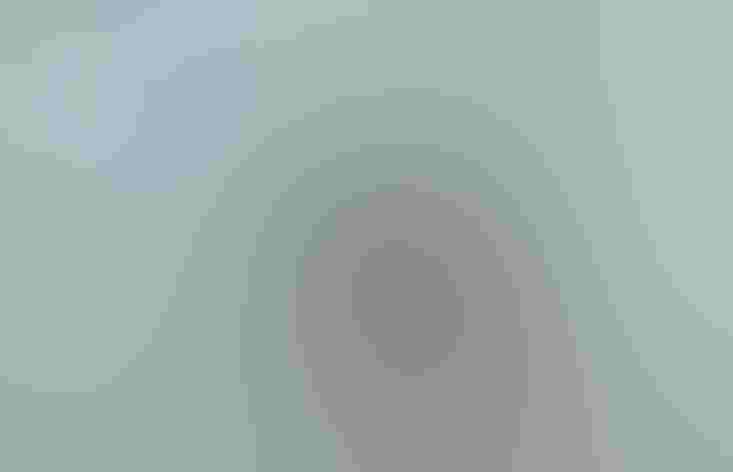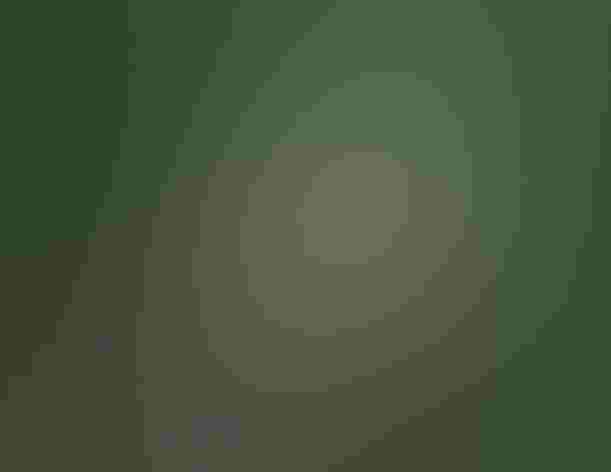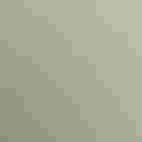American Redstart
At a Glance
Warblers in general are often called 'the butterflies of the bird world,' but the Redstart may live up to that nickname more than any other species. This beautiful warbler flits about very actively in the trees, usually holding its wings and tail partly spread, as if to show off their patches of color. At times it feeds more like a flycatcher than a typical warbler, hovering among the foliage and often flying out to grab insects in mid-air.
All bird guide text and rangemaps adapted from Lives of North American Birds by Kenn Kaufman© 1996, used by permission of Houghton Mifflin Harcourt Publishing Company. All rights reserved.
Category
Perching Birds, Wood Warblers
IUCN Status
Least Concern
Habitat
Arroyos and Canyons, Forests and Woodlands, Shrublands, Savannas, and Thickets, Urban and Suburban Habitats
Region
Alaska and The North, California, Eastern Canada, Florida, Great Lakes, Mid Atlantic, New England, Northwest, Plains, Rocky Mountains, Southeast, Southwest, Texas, Western Canada
Behavior
Direct Flight, Flitter
Population
42.000.000
Range & Identification
Migration & Range Maps
Migrates mostly at night. Fall migration begins early, with many southbound in August. Small numbers of strays appear throughout the west, and a few may winter in southern California.
Description
4 1/2-5 1/2" (11-14 cm). Adult male mostly black with red-orange patches on wings, tail, sides. Female gray above, white below, seems confusingly plain until her yellow wing and tail patches are seen. Young male like female but with black mottling.
Size
About the size of a Sparrow
Color
Black, Brown, Gray, Green, Orange, White, Yellow
Wing Shape
Rounded
Tail Shape
Rounded, Square-tipped
Songs and Calls
5 or 6 high-pitched notes or 2-note phrases, ending with an upward or downward inflection: chewy-chewy-chewy, chew-chew-chew.
Call Pattern
Falling, Flat, Undulating
Call Type
Chirp/Chip, Hi, Whistle
Habitat
Second-growth woods, river groves. Breeds in open deciduous and mixed woodland, preferring edges of forests or second growth. Attracted also to roadside trees, shrubby and tree-lined stream banks, and ponds. Will nest in second-growth maples, birch, and aspen following fire in coniferous forests. In the Northwest, prefers willow and alder thickets. In winter in the tropics, found in lowland woods.
Sign up for Audubon's newsletter to learn more about birds like the American Redstart
Behavior
Eggs
4, sometimes 2-5. Off-white, with brown or gray marks. Incubation by female only, 11-12 days. Often parasitized by cowbirds.
Young
Fed by both parents. Leave the nest at 9 days old. The parents divide the brood into 2 parts, each parent attending only half the fledglings. Normally 1 brood per season.
Feeding Behavior
Forages very actively, often flying out to catch insects in mid-air or hovering to take them from foliage. Flycatches much more than most warblers, drooping its wings, fanning its tail, and leaping high in the air. Males feed higher and make more mid-air sallies than do females early in the nesting season. Does not cling to tips of branches while hanging upside down as do many warblers. Holds large caterpillars and moths in the bill and bangs them on perch before eating.
Diet
Mostly insects. Feeds on a wide variety of insects including beetles, caterpillars, moths, leafhoppers, aphids, midges, crane flies; also spiders anddaddy longlegs. Also eats some seeds and berries.
Nesting
Males sometimes mate with more than one female and raise 2-3 broods simultaneously. Males perform a frequent boundary display flight toward rivals, with stiffened wingbeats and a glide back to the original perch in a semicircle. Male displays to female during courtship by fluffing plumage, raising crown feathers, spreading wings and tail, and bowing. Nest site picked by female, usually in fork of tree, 4-70' above the ground; rarely on the ground. Open cup nest (built by female) of plant fibers, grass, rootlets, decorated with lichen, birch bark, and feathers; lined with feathers. Sometimes will use old nests of other birds.
Conservation
Conservation Status
Still widespread and very common, but surveys suggest that numbers may be declining slightly.
Climate Threats Facing the American Redstart
Choose a temperature scenario below to see which threats will affect this species as warming increases. The same climate change-driven threats that put birds at risk will affect other wildlife and people, too.

